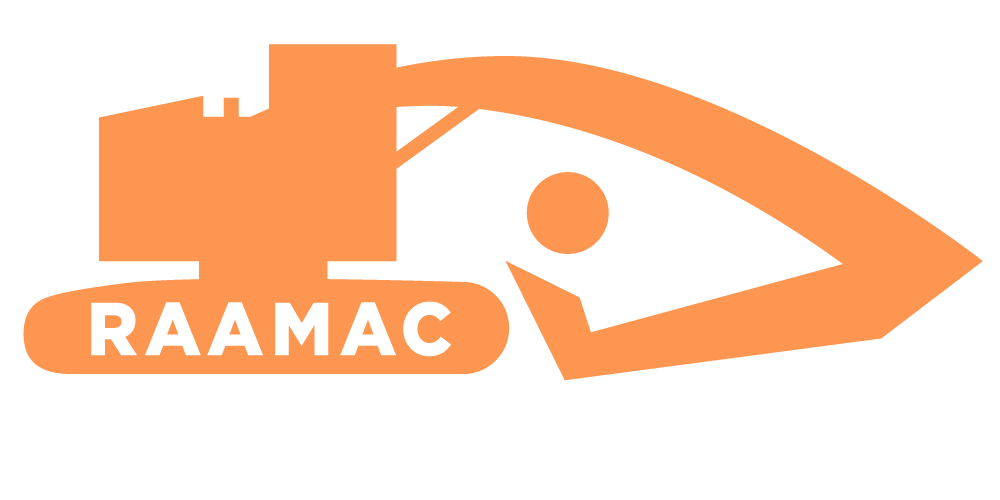Overview
The building sector is a significant part of civil infrastructures in a social and economic context. To date, the emerging energy crisis of the building sector and the legislative measures on improving energy efficiency are steering the industry towards adopting new energy-efficient design concepts and construction methods that decrease the overall energy loads. However, the problems of energy inefficiency are not only limited to how new buildings should be designed and constructed energy-efficiently. Currently, significant amount of input energy in existing built environments is still being wasted during the operational phase. A primary source of energy inefficiencies is attributed to thermal performance problems due to defects and deterioration in the built environments, which causes the unnecessary heat flow through façades during hot and cold seasons. This increases the operation frequency of heating and cooling systems to keep the desired thermal comfort of occupants, and ultimately results in the excessive energy usage. This issue is exuberated under extreme weather conditions, which may be experienced over their life-cycle. Sustaining higher thermal resistance and rehabilitating defects will reduce the excessive energy consumption required for space conditioning. In turn, it provides occupants with an optimal thermal comfort at a lower energy cost. There is a great need for innovative methods that determine (1) what problems are emerging or are likely to emerge, and (2) what should be done to mitigate the impacts of problematic issues on the energy consumption to improve the energy efficiency.
Research Areas
3D Spatio-Thermal Modeling
Given a collection of unordered yet paired digital and thermal imagery from a single thermal camera, the goal of this research is to automatically model and visualize the as-is geometry and actual energy performance in 3D. The integrated visualization of 3D building and thermal models, in addition to 3D-registered imagery, enable building auditors to remotely analyze how temperature values are spatially distributed in 3D. [Video Demo 1] [Video Demo 2] [Video Demo 3]
Energy Performance Augmented Reality (EPAR)
Given 3D spatio-thermal models as well as a energy performance benchmarks based on as-designed models, the goal of this research is to create a new Energy Performance Augmented Reality (EPAR) modeling method which jointly model and visualize actual and expected building energy performances in 3D. This support to explore performance deviations for identifying potential energy problems. [Video Demo]
Automated Identification of Potential Performance Problems
Given EPAR models, the goal of this research is to create and validate a new model-based method that can automatically calculate energy performance deviations and visualize potential performance problems in the EPAR environment. This reduces the time and efforts for analyzing large # of thermal imagery during energy auditing. [Video Demo]
3D BUILDING CONDITION ASSESSMENT
Given 3D spatio-thermal models, the goal of this research is to create and validate a new non-destructive method for quantitative assessment of as-is building conditions. Our hypothesis is that the quality of building condition assessment can be improved with the method that 1) explore the actual heat transfer conditions of building assemblies at the level of 3D points; 2) detect condensation problems, and 3) visualize the outcomes in an intuitive 3D form.
Automated Cost Analysis of Energy Loss
Given EPAR models, the goal of this research is to create and validate a new model-based method for calculating the amount of unnecessary heat transfer through defective building areas and converting it into the equivalent energy cost. This will provide reasonable guidance to estimate the expected energy cost savings from building envelope retrofits.
Automated Mapping of Actual Thermal Properties to gbXML-based BIM Elements
Given as-designed BIM, the goal of this research is to create and validate a new automated method for mapping thermography-based thermal property measurement to the associated BIM elements and updating the corresponding thermal property in gbXML schema. This shortens gaps between architectural information in as-designed BIM and the as-is building condition.







